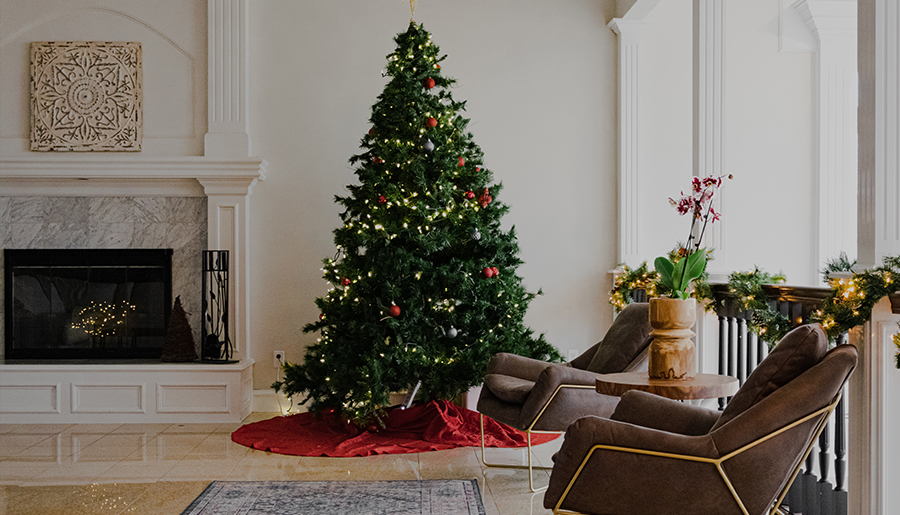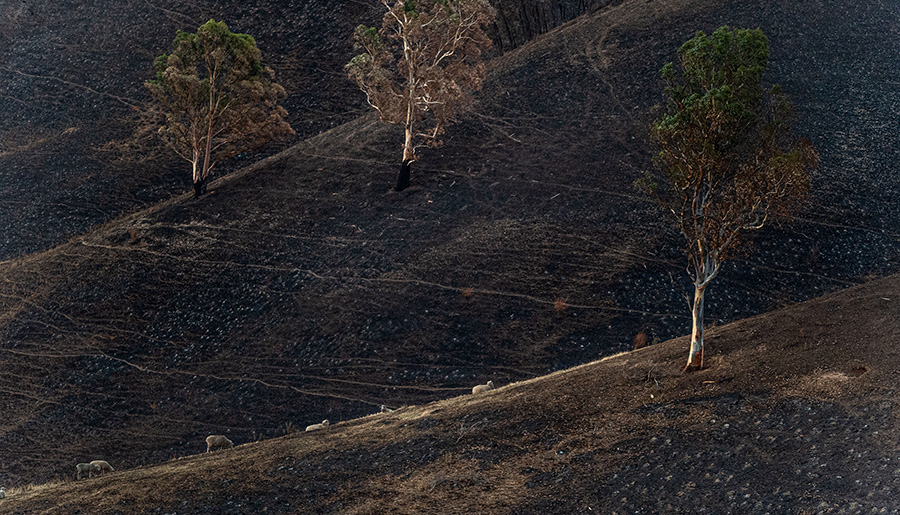Ah, Christmas trees. Is there anything better than the warm glow of a cat’s cradle of Christmas lights dangling upon the pine, lighting up the presents that rest upon your hometown floor? Is there anything better than unwrapping a Gameboy Advance under the judgement of Gabriel or a porcelain Star of David?
For most Aussies, a Christmas sans Christmas tree isn’t Christmas. The aesthetics of one sitting in the corner is a quintessential part of the hols. Like most December traditions, Christmas trees are here to stay.
However, as Australia becomes more environmentally conscious, a question has begun popping up at the end of every year. That question is: Should I buy a real Christmas tree or use a plastic one? Which of these Christmas trees is more sustainable?
What’s more, the answer to this question is more nuanced than you might think. So, before you jump onto Facebook Marketplace, let’s sleigh straight into the deets.
If You Buy a Christmas Tree, Make Sure That It’s Fresh

In most cases, real Christmas trees are better than plastic ones. This is because real trees can be recycled or composted. When a tree undergoes either of these processes, then its impact on the environment is negligible.
What’s more, sustainable Christmas trees can take up to 12 years to grow to their desired size. In that time, they produce a lot of oxygen while removing carbon dioxide from our atmosphere. When they get cut down, they’ll then be replaced by smaller trees, so the cycle of life cycles on.
Meanwhile, plastic Christmas trees are made from petroleum-based products. They cannot produce oxygen. And once these products get thrown into landfill, they’ll take hundreds of years to decompose.
However, there are a few caveats to these claims. The first is: Don’t burn a real Christmas tree or throw it into the landfill. Burning wood releases carbon dioxide into the atmosphere, and your tree will release methane gas if it’s trapped in a garbage lot.
Second of all, make sure that your traditional Christmas tree is local. If you live in Sydney, you don’t want a tree that was shipped in from Perth. The amount of carbon emissions that your tree would create would be wild.
If you follow all of these steps, your Christmas will be an eco-based miracle. You are welcome.
Have a Fake Christmas Tree in Your Garage? Use It

Alright, we have now established that if you don’t already own a Christmas tree, you should buy a real one. But what should you do if you have a fake tree in your attic? What should you do if you already own a petroleum-based simulacra? Well, you should reuse it, reuse it, reuse it.
According to Curtis VanderSchaaf, an Assistant Professor of Forestry at the Mississippi State University, it would be absurd to throw away a perfectly good plastic tree. After all, the item already exists. It’s in your house, and there’s no point in letting it go to waste.
“The number one way to reduce emissions with an artificial tree is to reuse it for years,” VanderSchaaf explained. “Reuse avoids the carbon impact of producing, packaging, and shipping a new one.”
“Many artificial trees are built to last 30 years or more. My family has had one for 25 years. To lengthen its life span, take care when putting it up and storing it. If the tree gets damaged, see if you can find replacement parts rather than replacing the entire tree.”
Therefore, if you already have a plastic Christmas tree, don’t be a guilty Gus. Just save it from becoming more landfill. Be a hero, one that the silly season deserves.
Remember That the Earth’s Climate Crisis Isn’t Your Fault

While it’s great to be environmentally conscious, it’s also important to remember that your personal contributions to the climate crisis are rather small. According to Australian Ethical Investment, each Aussie citizen produces an average of 15.4 tonnes of CO2e each year. Meanwhile, in 2022, Rio Tinto produced 30,300,000 tonnes of CO2e.
So, yes, making sure that your Christmas tree doesn’t become landfill is a moral and sustainable thing to do. However, this action can’t be the totality of one’s environmental activism. In 2024, attend a climate protest, write to your MP, and help our country keep our coal mines accountable.
It’s imperative that we all keep our forests from burning and our coastlines from drowning in seawater. Merry Christmas. Merry Christmas to one and to all.
Related: Should You Eat Crunchy Crickets This Christmas?
Related: No, Offshore Wind Farms Aren’t Killing Our Whales
Read more stories from The Latch and subscribe to our email newsletter.







